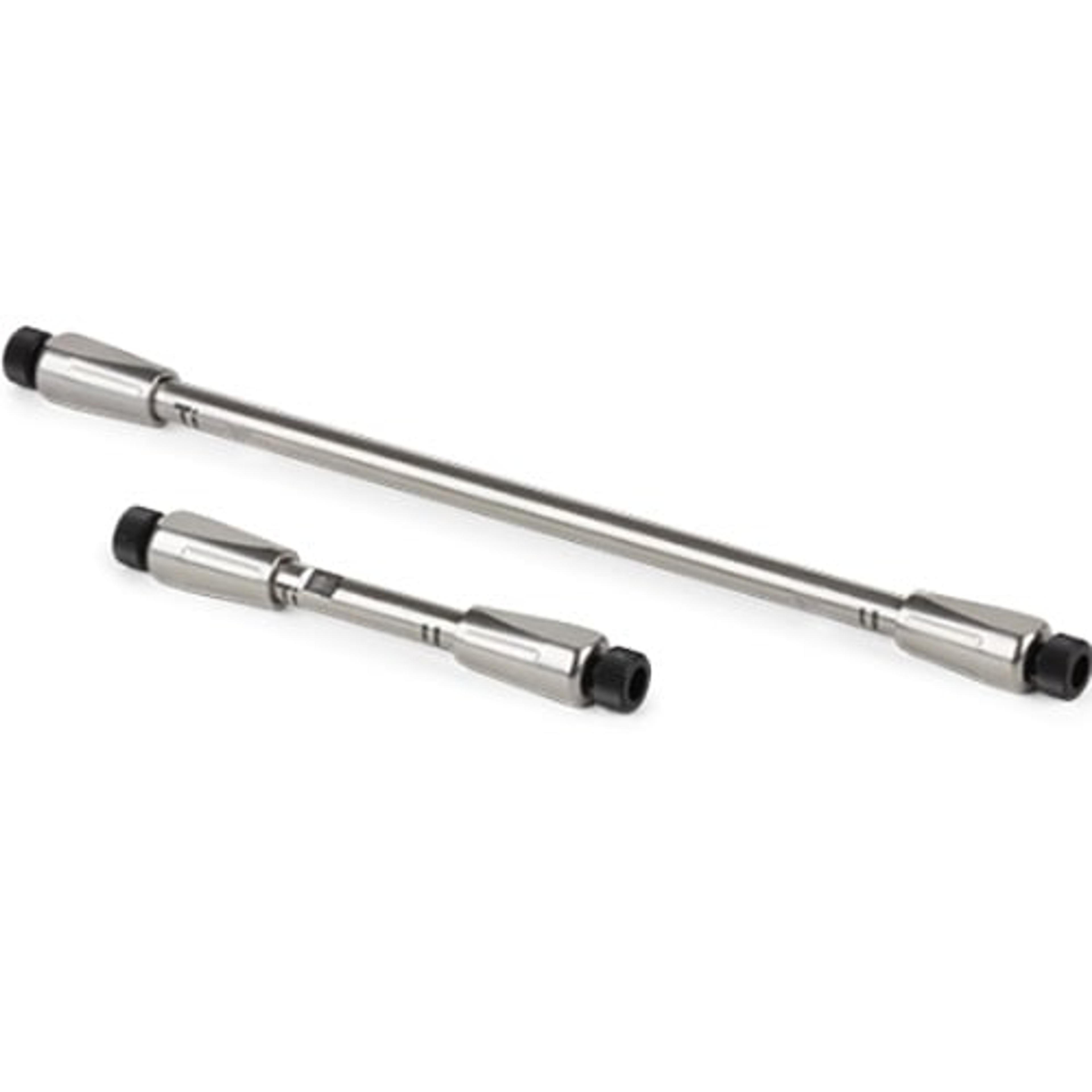Workflow considerations for advanced PFAS/GenX LC-MS/MS sample preparation and chromatography
Watch the new on-demand webinar to learn more about underlying chemistry considerations for PFAS and GenX compound analysis
21 Apr 2020

Per-and polyfluorinated alkyl substances (PFAS) continue to persist throughout the environment. High-profile water contamination incidents — such as that featured in the recent Hollywood movie Dark Waters — have raised public awareness, leading to even stricter protocols in US Unregulated Contaminant Monitoring Rules and European Drinking Water Directives, to name a few. In addition to this, there has been a growing interest in the examination of short-chained, branched isomers and PFAS replacement compounds, such as GenX.
In this on-demand SelectScience webinar, Phenomenex’s HPLC/UHPLC expert Scott Krepich discusses the difficulties associated with analyzing trace levels of these ubiquitous compounds. Krepich will also review extraction solutions from multiple matrices, and how column chemistry contributions can help improve the analytics of shorter acids and GenX.
Watch this webinar to find out:
- How to apply particle morphology and column chemistry contributions for HPLC and UHPLC analyses of several PFAS workflows
- The underlying chemistry contributions to apply QuEChERS techniques in solid soil, sediment, and food samples
- Solid phase extraction solutions for EPA Methods 533, 537.1, and DOD QSM 5.3
- How to reduce PFAS background for trace analysis
Think you could benefit from this webinar, but missed it? You can now watch it on demand at a time that suits you and find highlights from the live Q&A session below>>
Q: After SPE elution, should we evaporate to dryness?
SK: If you're following an EPA method which exclusively says to evaporate to dryness, yes, if it has been validated thoroughly and you know the exact conditions and analytes. Otherwise, following the general principles, I suggest not to go all the way to dryness and to leave a few microliters before reconstituting to prevent absorption of some of the other, stickier analytes.
Q: What is the purpose of the ammonium hydroxide in the SPE elution?
SK: For EPA 533, which is a weak anion-exchange SPE method, the ammonium hydroxide brings the pH to 11. This deprotonates and neutralizes the SPE sorbent which has a pKa of 9.
Q: What compounds do you see the most background interference from?
SK: Some of the most common compounds that are being looked at, at higher levels, are perfluorooctanoic acid (PFOA) and perfluorooctanesulfonic acid (PFOS). I don't get questions on these as much anymore, maybe because they've been characterized so thoroughly or because everyone expects them. However, I still get a lot of questions on perfluorobutanoic acid (PFBA), which does tend to absorb sometimes. Other common compounds that pop up in troubleshooting are some of the fluorotelomer sulfates (for example, 62 FPS, 10 2FPS) which can come from things like waxes or other types of seals.
Q: Is HPLC better than UHPLC for PFAS?
SK: I've seen folks that do both HPLC and UHPLC. I like to go with HPLC because it's more versatile and universal across labs and transfers. We don’t really need UHPLC performance-wise. For those that do like UHPLC, one of the concerns that come up is that some of the pump seals require fluorinated polymers. However, I haven't seen this issue directly myself and plenty of folks do use UHPLC without a problem. I guess I'd say it is down to individual lab or data preference.
Q: You recommend Luna 5u C18(2) for the delay column, I use a Gemini 3u. Is that OK or should I switch?
SK: No, this is fine. Whatever delay column you're using, if there's not an issue and it's working fine, then stick with it. Gemini is also a high-surface-area, highly retentive column. So, if you're matching it exactly with your analytical column, or if it’s just one you're using by happenstance, it's fine to keep with it. Perhaps if you have an online SPE method or there's a mobile-phase requirement, such as if you only have a six-position valve and then have to run a basic mobile phase to match some of the SPE solvents, that might be a unique area where it's needed.
Q: Have you seen any recovery losses when using a reservoir syringe barrel in the SPE loading step?
SK: Yes, if particles are not filtered or spun out then there's always a concern of clogging. To prevent absorption from the actual particles themselves, or those that are getting filtered out, even if you're able to do it without a clogging, they need to be back-extracted since they're going to have some stickiness to them. I recommend two preparations for each sample: filtering out and then spinning out the particles from those samples that have significant amounts of solids that might clog an SPE.
Q: Why don't you use ammonium fluoride in the mobile phase since these are mostly negative ion modes?
SK: Ammonium fluoride's been the trendy modifier for negative ion modes in a lot of cases. In this case, it just happens that ammonium acetate was the best one for both sensitivity and chromatography. During development, ammonia fluoride was explored, but ammonium acetate happened to work better.
Q: Is there a difference in toxicity between per- and polyfluorinated?
SK: Tox studies are one of the new big things that are being thoroughly explored. I think most of the point of departure (POD) studies in the late '80s and '90s revolved specifically around PFOA, called C8 at the time. Whether there are different toxins for different fluorinated compounds is still to be determined. Not being a toxicologist myself, my intuitive guess would be that there are fewer toxins for compounds that aren’t fully saturated with fluorine because there's more availability to break these down and not bioaccumulate.
Q: What standards should be used for calibration?
SK: There are some standards for branch isomers, most of mine are from Wellington, as they have a pretty good selection of the linear, branched, and labeled. There are others, Wellington just happens to be the one that I'm most familiar with. The Department of Defence (DOD) method requires the analysis of any branched isomer where the standard is available. So, if someone does manufacture a new branched isomer standard, it does become a requirement in a lot of methods.
SelectScience runs 3-4 webinars a month across various scientific topics, discover more of our upcoming webinars>>



